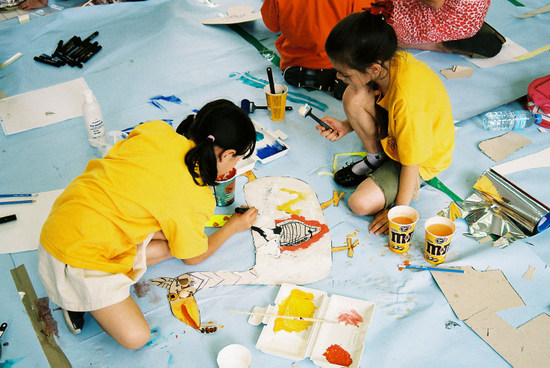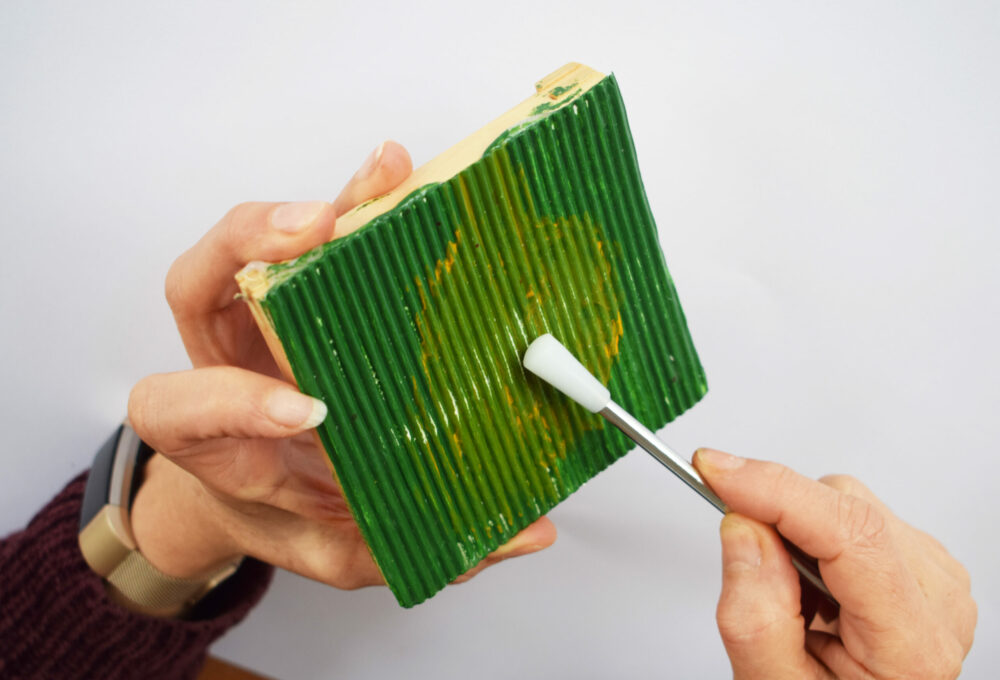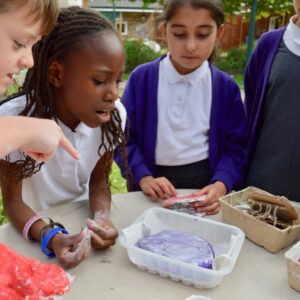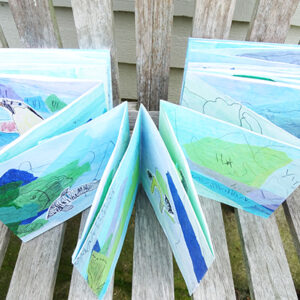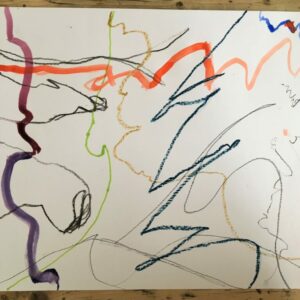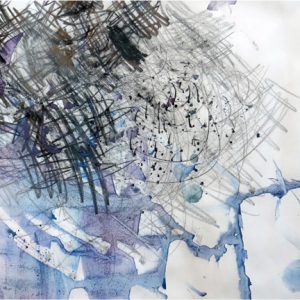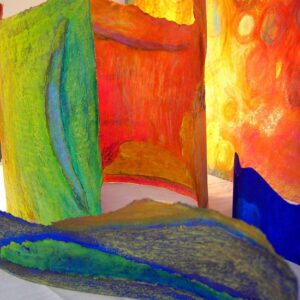Pathway: Music And Art
Pathway for Years 1 & 2
Disciplines:
Drawing, Making, Sketchbooks
Key Concepts:
-
That artists sometimes use sound to inspire their work.
-
That artists sometimes work in partnership with musicians.
-
That we can use both aural and visual senses to make art.
-
That we can draw from our imagination, using lots of different kinds of abstract marks to express our feelings, whether they are quiet and focussed, or loud and expressive.
-
That we can be inventive and make objects in 3 dimensions which make sounds, and which we want to interact with as humans.
In this pathway children are introduced to the idea that artists often work in partnership and are often inspired by other art forms – in this case music and the visual arts.
Children explore how other artists have used sound to inspire their artwork, and then go on to experiment with how they can use their mark making skills to both be influenced by, and to capture, the expression in music.
Children then explore making skills to collage or make inventive instruments, creating a class “orchestra”.
Medium:
Paper, Drawing Materials, Paint, Construction Materials
Artists: Kandinsky, Various “Projection Mapping” artists
If you use this resource in your setting, please tag us on social media: #InspiredBy @accessart (facebook, twitter) @accessart.org.uk (instagram) and share the url. Thank you!
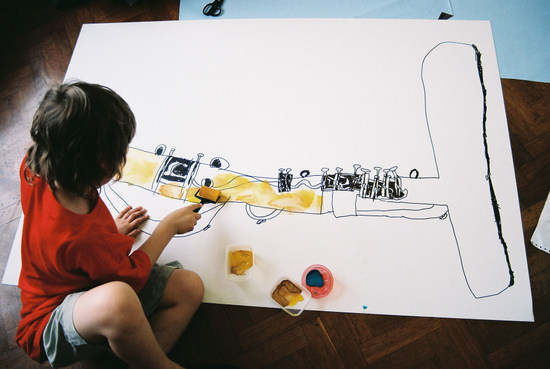
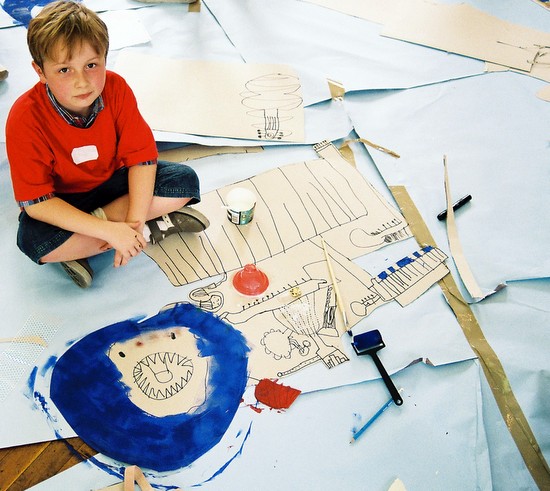
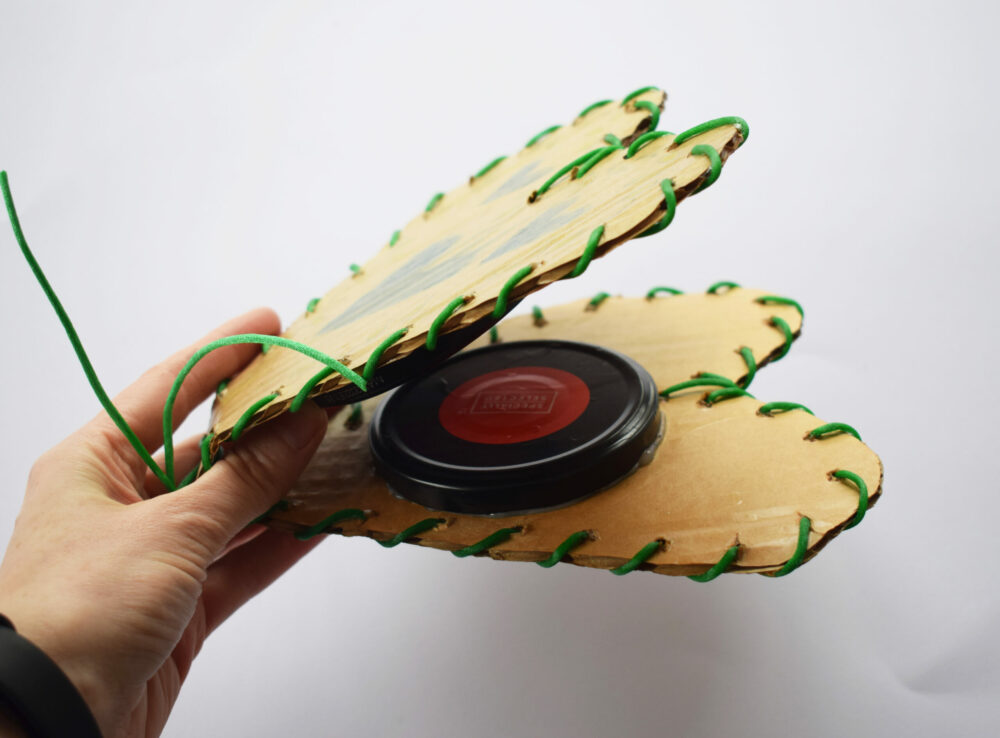

Teaching Notes
Find the MTP for this pathway here.
Curriculum Links
Geography: Adapt the music you listen and draw to, according to geographical region or continent to help develop sense of place.
Science: The 5 senses, the human body, materials.
Music: Rhymes and chants, musical instruments, combining sounds.
PSHE: Explore the music made from instruments from other countries, Collaboration, Peer Discussion.
I Can…
-
I have seen how some artists are inspired by other artforms such as music. I can share my response to their work, and listen to others.
-
I can listen to sounds, and use my mark making skills to make marks in response.
-
I can draw from observation whilst listening to a piece of music, and let the music inspire my drawing.
-
I can use my imagination and work on a larger scale to make drawings of imaginative instruments, or I can use my hands to invent musical instruments made from construction materials.
-
I can share my work with the class.
-
I can reflect upon what I have made and share my work with the class. I can listen to their responses to my work, and talk about my response to their work.
-
I can take photos of my artwork.

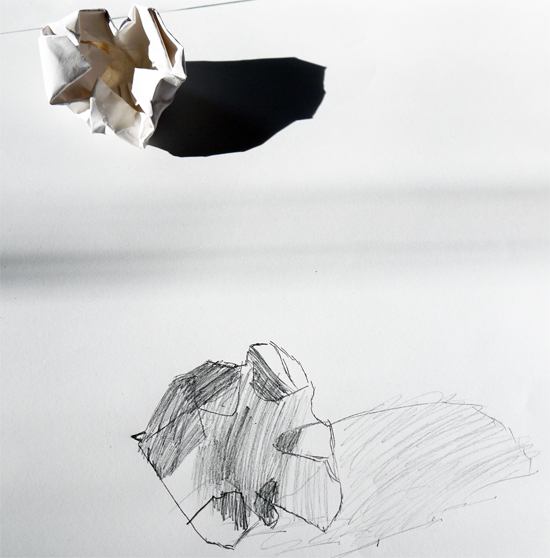
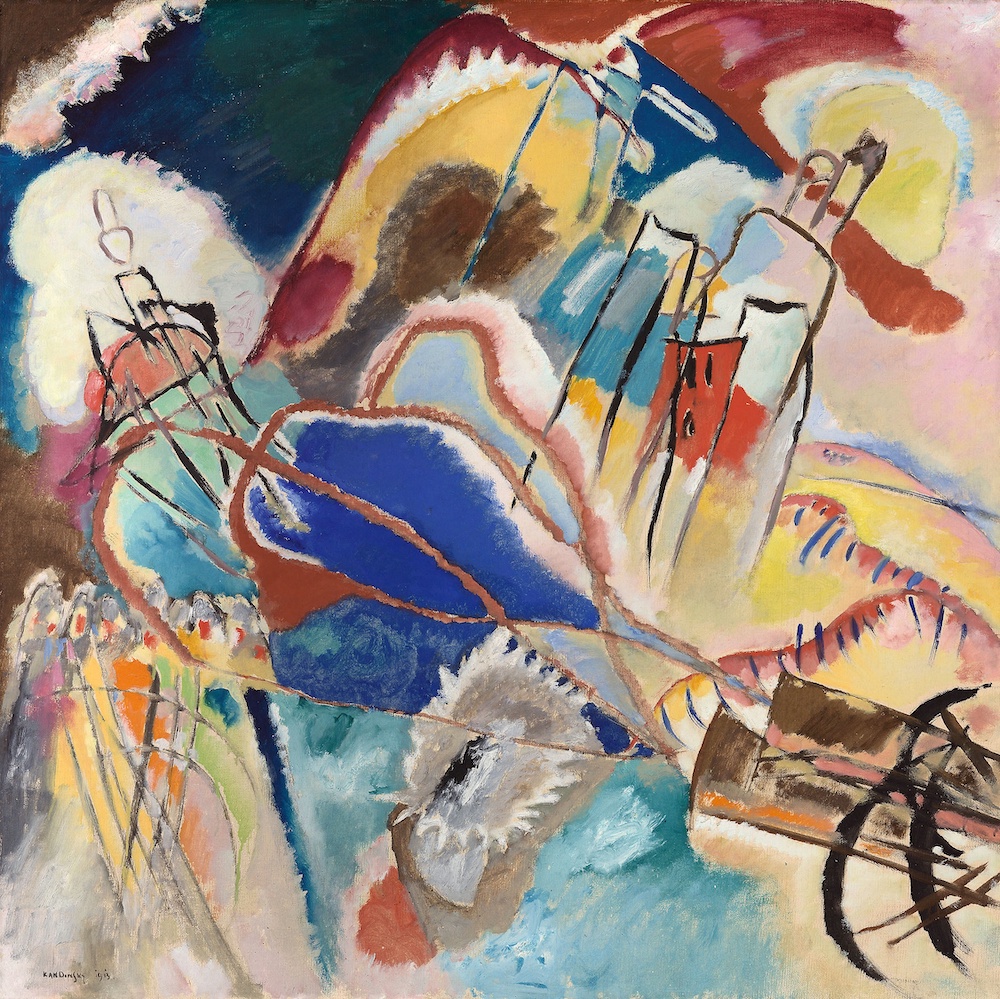
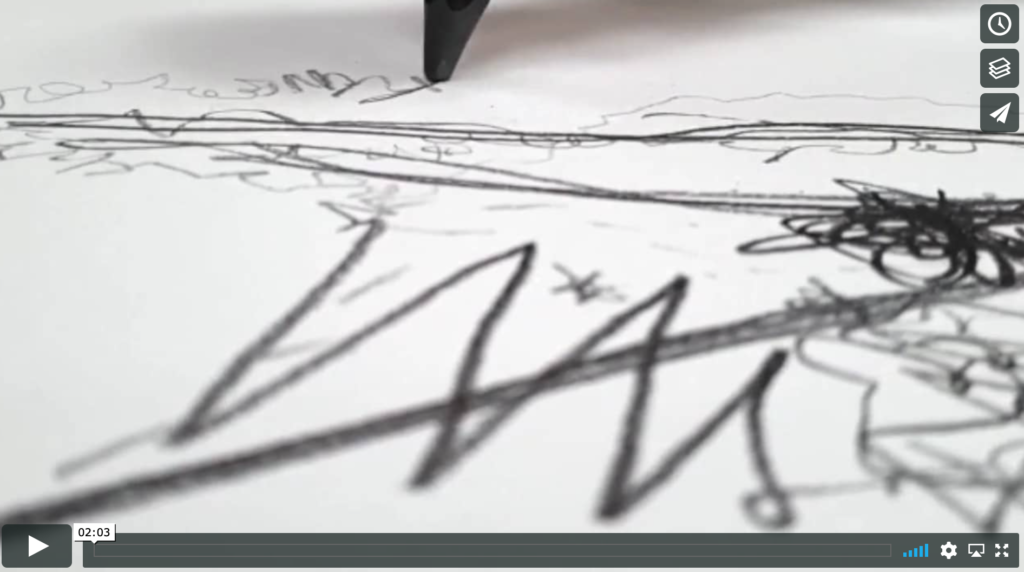
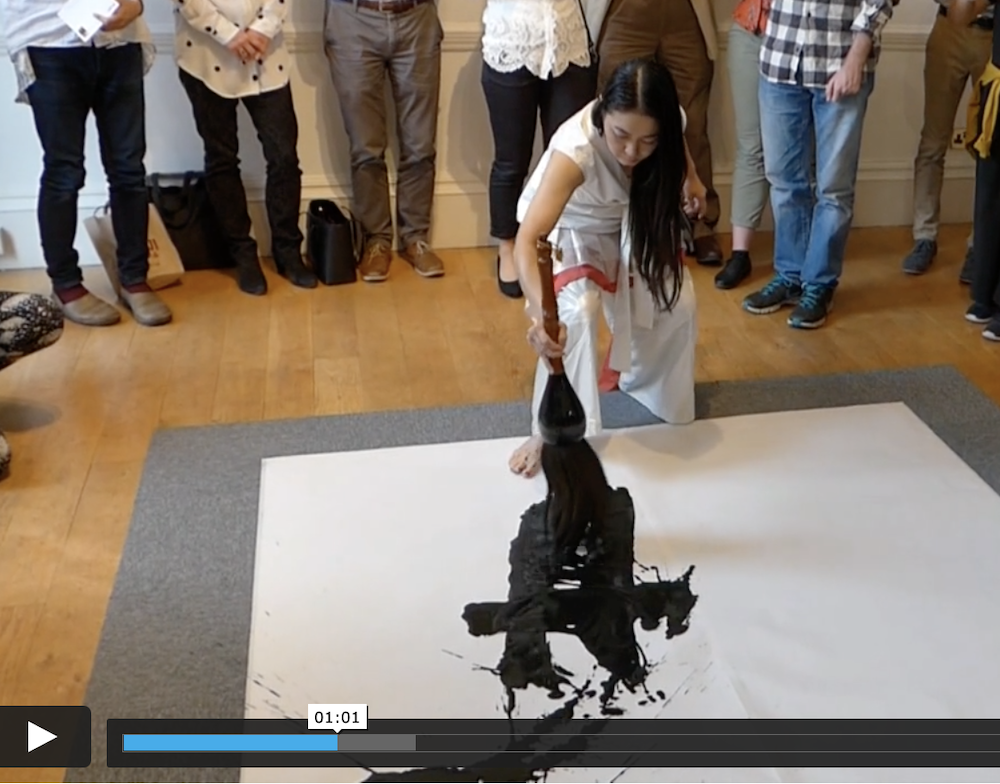 Explore the free to access “
Explore the free to access “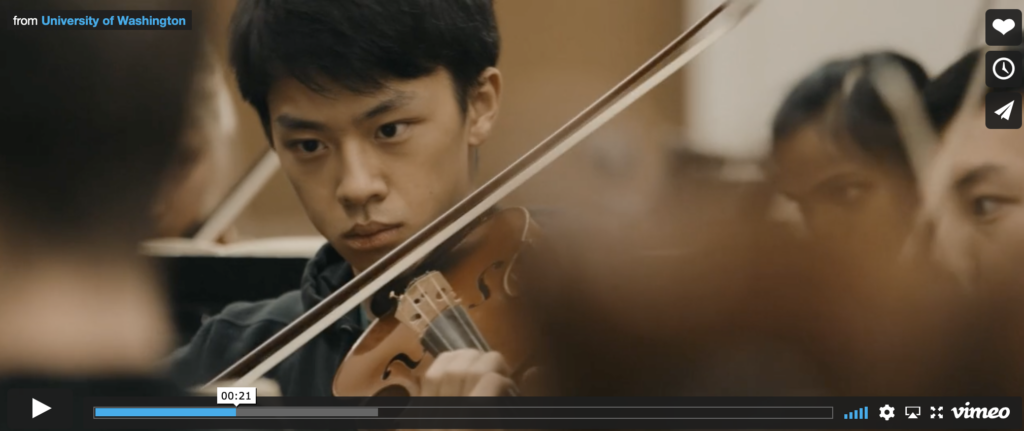 Working in sketchbooks, use the “
Working in sketchbooks, use the “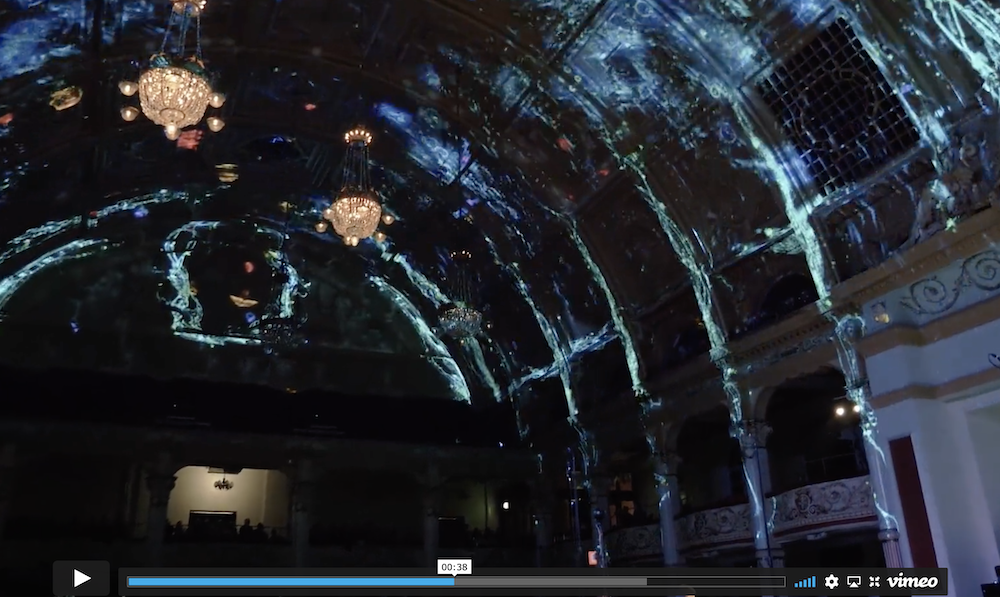 If you feel your pupils would benefit from being inspired by more art made by artists, introduce them to Projection Mapping and music with this video by Light Odyssey in our free to access “
If you feel your pupils would benefit from being inspired by more art made by artists, introduce them to Projection Mapping and music with this video by Light Odyssey in our free to access “